

The Icelandic Bakery That Buries Its Bread in Hot Springs
Laugarvatn Fontana’s sweet, cakey rye gets baked by geothermal energy.
On a mild afternoon in early September, I walked with a group along the shores of Lake Laugarvatn, Iceland, in search of a local delicacy. As our guide led us past bubbling hot springs, the air smelled of sulfur and the black sand gurgled beneath our feet. We stopped before a large mound of sand. With shovel in hand, our guide started digging, slowly unearthing the stainless-steel pot that had been buried among the black sand and boiling water. After opening the lid and tearing away layers of plastic wrap, he revealed a golden-brown loaf of perfectly baked rye bread.
Traditionally known as hverabrauð, the bread is the sumptuous result that comes from baking dough underground in the heat of local geothermal springs for 24 hours. After pulling the loaf from the pot, we sliced it, smeared the pieces in locally-made butter, and topped them off with pieces of smoked trout that came straight from the lake. I took a bite of my first slice and marveled at its subtle sweetness. It had a soft, but dense and cakey texture that quickly had me going back for seconds.

Once a barren region of Iceland, Laugarvatn has become a popular stop along the famed Golden Circle, drawing visitors for its thunderous waterfalls and hissing hot springs. The natural wonders are all thanks to the island’s position on the Mid-Atlantic Ridge, the boundary between the Eurasian and North American tectonic plates. The plates’ slow spreading pushes scorching magma and gas to the earth’s outer crust, fueling Iceland’s hot springs and volcanoes.
In Laugarvatn, the community has been harnessing this geothermal energy to cook and heat their homes for at least a century. Sigurður “Siggi” Rafn Hilmarsson learned how to make hot-springs bread from his grandmother. The Laugarvatn native is currently the chef and general manager of Laugarvatn Fontana, a geothermal spa and bakery where he still makes her bread recipe. With a jovial Icelandic accent, he tells me the story of the first hotel he and his wife managed in the area. He had been using the local beach to bake his hot-springs bread as part of the hotel’s breakfast when, one day, he decided to invite guests to join him on his daily walk to retrieve the baked loaf.

To Hilmarsson, who’s been making hverabrauð for decades, the bread is delicious but not that unusual. So when he put up the note, he didn’t think much of it. “In the evening, when I was going to pick up the bread, I went to the hot springs but suddenly remembered that I had put this note up in the lobby. When I went back to the hotel, there were 80 people waiting for me,” he laughs. “I thought, ‘oh okay, wow! This must be interesting for other people to see.’” The experience inspired Hilmarsson to open his bakery and spa in 2011, where he began offering daily rye bread tours.
Until recently, Hilmarsson had kept his grandmother’s recipe a secret, but he started sharing it on his tours to give others the chance to bake it at home—sans volcanic hot springs, of course. To make the bread, he combines rye flour, all-purpose flour, sugar, baking powder, and salt, then blends in cow’s milk. Though that may sound simple, it’s the temperature, depth, and time that the bread spends cooking in the hot-springs sand that imparts its cakey sweetness.

Hilmarsson says he aims for the pot to cook for 24 hours at a depth of about one foot (30 centimeters), where the bubbling water typically reaches a temperature of 203 degrees Fahrenheit (95 degrees Celsius). He also believes that the slow-cooking process allows the sugar and rye to combine in just the right way.
“It creates a unique taste and texture with much more flavor,” he says. “It’s also surprising that with this bread there are no spices. There’s no cinnamon or ginger to make the flavor. It’s just the rye and sugar.”
One of the inevitable challenges with baking this way is the unpredictable environment. Hilmarsson says that every now and then the lake can flood and rise when nearby glaciers melt. “This doesn’t always happen, but when it does, our breads turn into a bread soup,” he laughs. “You don’t want to eat it then.”

After our group finished eating our bread, the guide lowered a new pot, lined with butter and filled with freshly-made dough, into the same hole. After covering the pot with black sand, he placed a large stone on top to let others know a pot of bread was baking beneath. This cycle continues, day after day, with the lakeside beach hosting anywhere from 10 to 15 pots of bread every 24 hours.
Although he’s lived among Laugarvatn’s geological marvels his whole life, Hilmarsson never takes them for granted. “I’m really fortunate to live here, “ he says. “From past generations, I have learned to respect this energy and handle it with care.”
Gastro Obscura covers the world’s most wondrous food and drink.
Sign up for our regular newsletter.

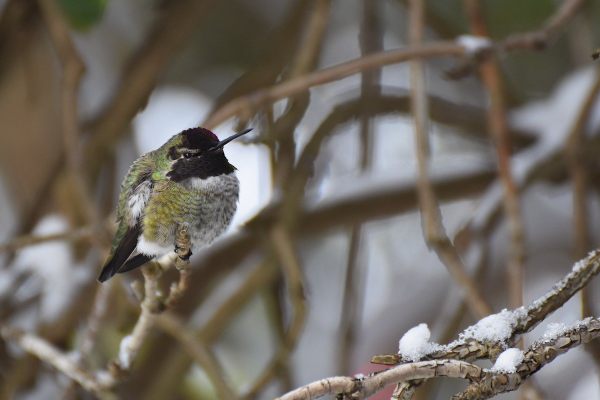

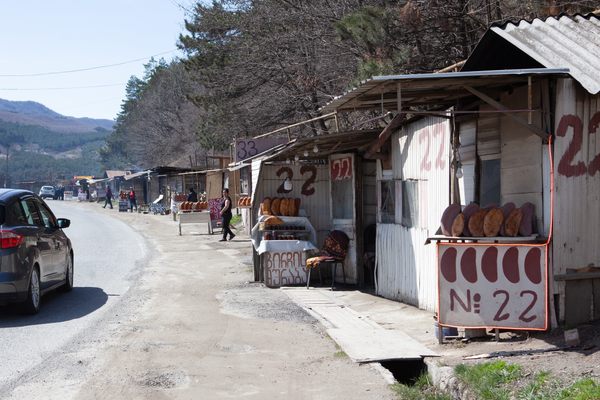

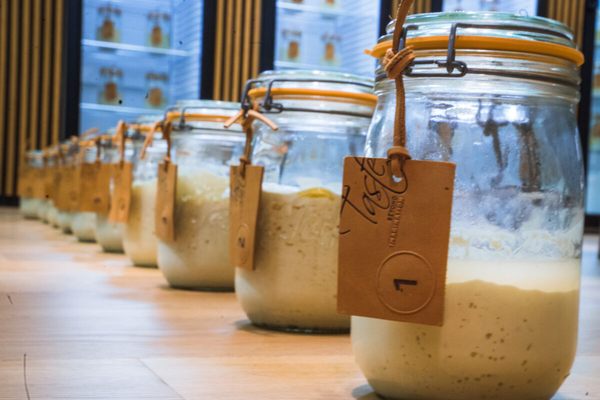























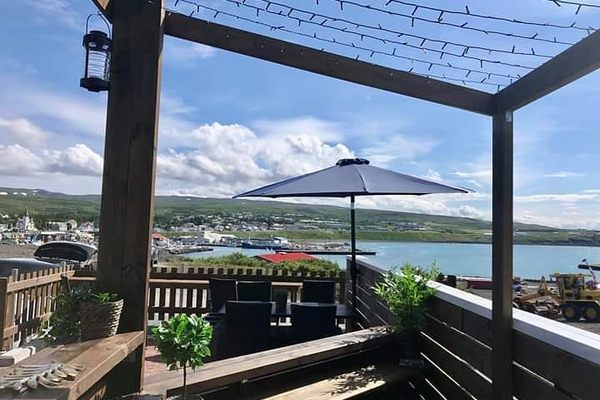
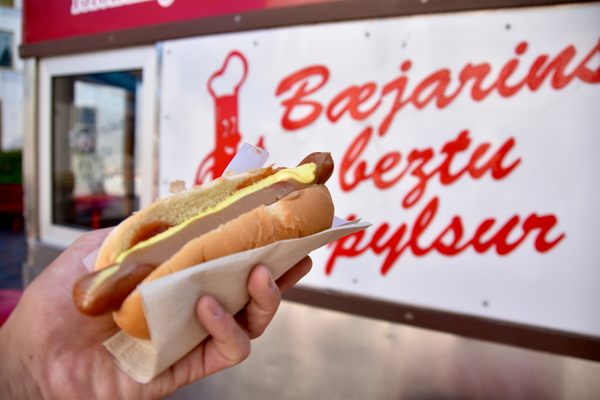





Follow us on Twitter to get the latest on the world's hidden wonders.
Like us on Facebook to get the latest on the world's hidden wonders.
Follow us on Twitter Like us on Facebook